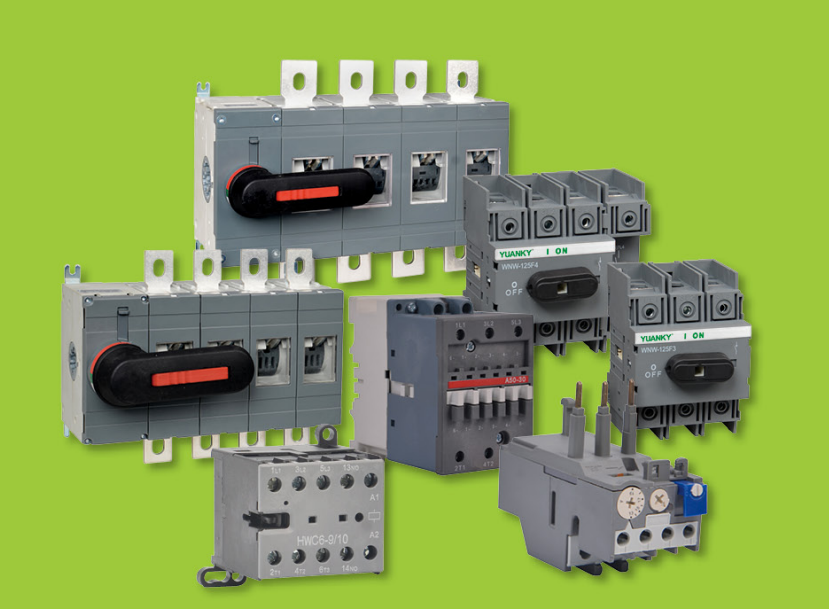An isolating switch’s primary function is to provide electrical isolation for safety during maintenance, repairs, or emergencies by physically disconnecting a circuit from its power source, creating a visible and certain break in the circuit. It ensures the circuit is de-energized, preventing electric shock to personnel and protecting against damage from overcurrents, although it is not designed to interrupt large load currents.
Key Functions:
-
Electrical Safety:Creates a clear, visible, physical separation from the power supply, ensuring the circuit is de-energized.
-
Safe Maintenance:Allows electricians and engineers to work on equipment without the risk of electric shock.
-
Protection Against Overcurrents:By separating the circuit, it protects against short circuits and overcurrents by preventing current flow.
-
Visible Break:The switch’s design allows for a visual confirmation that the power is disconnected, enhancing safety and certainty.
-
Emergency Shutdown:Provides a means to quickly and safely shut down power to a section of a system in emergencies.
Important Considerations:
-
Manual Operation:Isolation switches are typically manually operated and are not designed for frequent or automatic switching of large load currents.
-
Proper Sizing:Isolator switches must be rated for the specific voltage and current of the system they control to prevent overheating or failure.
-
Load vs. No-Load Operation:They should only be operated when the circuit has no load (i.e., is not carrying significant current) to prevent dangerous arcing.
-
Lockout Procedures:In industrial settings, isolation switches often have provisions for locking in the off position as part of a formal lockout/tagout procedure to prevent accidental re-energization.

Post time: Sep-29-2025

